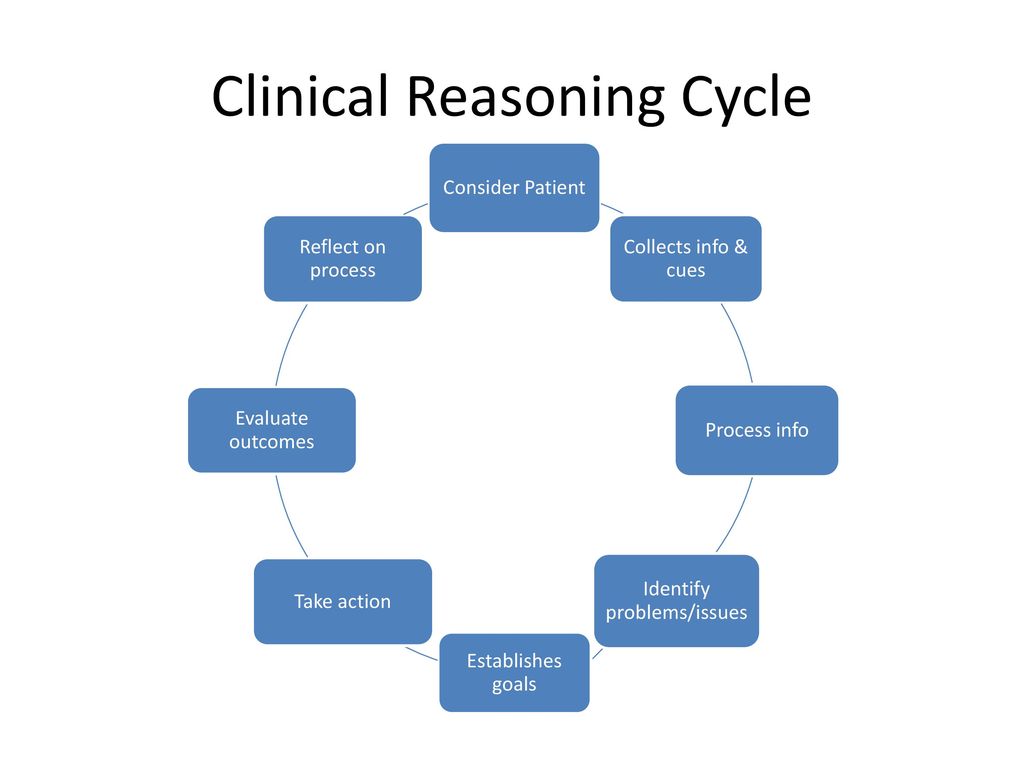![]()
The clinical reasoning cycle is a process of collecting data, symptoms, indications, and look for a solution for a problem the patient is facing. These data are collected by the nurses and medical specialists. As per the results derived from the data, the nurses and medical specialists would go through the whole process, speculate the outcomes, and plan on alternative treatments to received desired solutions. The whole process of clinical reasoning is based on disposition and depends on physiological factors, philosophical factors, and a person’s own interpretation and attitude towards events and situations.
Tracy Levett Jones clinical reasoning cycle
The clinical reasoning cycle is promoted by Tracy Levett Jones, a professor of Nursing at Newcastle. She organizes the process into several steps. Adopting the cycle embarks the thinking behind the patient’s treatment plan, allowing healthcare professionals to practice a series of systematic phases, ultimately leading to a final decision that is best for the patient’s health.
The various phases of the clinical reasoning cycle
There are eight phases to the clinical reasoning cycle. You cannot move from one step to the other until you’ve made the required accurate assessment of the patient’s health status. That said the following are various phases of the clinical reasoning cycle:
Consideration of facts from a patient or situation: This phase brings the clinical condition to your notice for the first time. Here, you receive presenting information and the current medical status of the patient.
Collection of information: in this, phase, you consider a patient’s past medical history, from complaints and signs and symptoms to investigations done and current vital signs. Post the assessment of their history, you now analyze your finding, based on your established knowledge of physiology including the Gibbs reflective cycle, pharmacology, pathology, and ethics.
Process the gathered information: Here you process the current findings of a patient’s health, know which details are relevant, and determine the potential outcome of the decisions you make.
Identify the problem: When you processed all the required and relevant information, you will now be able to determine the reason behind a patient’s current medical state.
Establish goals: This is a critical phase since now you determine what clinical treatment would you recommend to the patient. The treatment plan should be open-ended and not time-oriented. Every patient responds differently to medical treatment, so you need to be patient. Know the steps you want to take and the desired outcome you want to achieve.
Take action: Now, it’s time to implement the action steps needed to achieve a patient’s desired treatment goals. It will involve a healthcare team, so you need to update everyone regarding the treatment and its desired goals for a particular patient.
Evaluate: Once you started administering the treatment plan, you need to evaluate its effectiveness. It will allow you to readjust the treatment or continue with the same plan to achieve the required outcome.
Reflection: This phase of the clinical reasoning cycle requires you to reflect on the case, what you could have done differently to achieve a better result, and what should be avoided in case of similar occurrences in the future.
Read Also – What is the Driscoll model of reflection?
